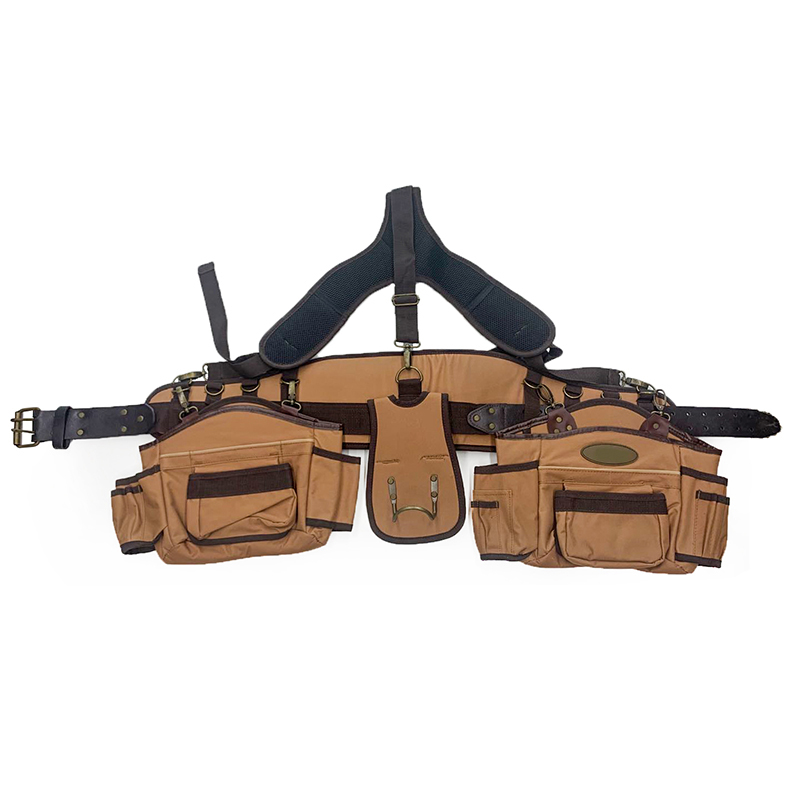What are the hazards of natural wood?
Many people assume that natural wood is completely safe, especially when compared to artificial wood, which is often associated with harmful chemicals. However, even natural wood can pose serious health risks to workers involved in its processing. Studies have shown that individuals working with natural wood are more likely to suffer from conditions like dermatitis, respiratory infections, and other allergic reactions than those in other industries.
The dangers of natural wood come from several sources. First, wood dust—especially from certain types of wood containing high levels of free silica—can cause long-term lung damage. Second, some tropical woods contain bioactive substances that may be toxic or irritate the body. These compounds range from simple carbohydrates to complex polycyclic substances, making their effects unpredictable. Third, the noise and vibration from wood-processing machinery can also contribute to physical stress and fatigue over time.
Exposure to these elements can lead to a variety of health issues. Direct contact with wood particles can cause skin irritation, eye redness, and respiratory problems such as rhinitis, asthma, and conjunctivitis. In more severe cases, it can even trigger allergic skin diseases and chronic respiratory conditions.
Beyond the immediate effects, there are growing concerns about the long-term risks of working with wood. Several studies have found higher rates of cancer among workers in the timber and furniture industries. While the exact causes remain unclear, researchers have linked wood dust to nasal and sinus cancers. The U.S. Department of Health and Human Services has classified wood dust as a known carcinogen, highlighting its potential to cause cancer in the nose and sinuses. Other research has also shown increased risks of lung and bladder cancer among those regularly exposed to wood particles.
Work belt is a tool belt worn by professionals and DIY enthusiasts to hold and organize tools while working. It typically consists of a sturdy belt made of leather, nylon, or another durable material, with various pouches and pockets attached for holding tools and accessories.
The design and number of pouches can vary, but common features include hammer loops, tape measure holders, screwdriver slots, and pockets for nails, screws, and other small items. Some work belts may also have loops or clips for attaching larger tools or equipment, such as power drills or saws.
Work belts are commonly used by construction workers, carpenters, electricians, plumbers, and other tradespeople who need quick access to their tools while working on a job site. They can also be useful for DIY projects around the home or workshop.
When choosing a work belt, it's important to consider the type and number of tools you'll need to carry, as well as the level of comfort and support you require. A good work belt should be sturdy and durable, with adjustable sizing to ensure a comfortable fit. Some models also offer additional features such as padding or a back support belt for added comfort during long hours of work.

Work Belt,Electrician Tool Belt,Small Tool Belt,Custom Tool Belt
ZHANGJIAGANG CITY XIANGLE TOOL CO., LTD. , https://www.xiangletoolbag.com
